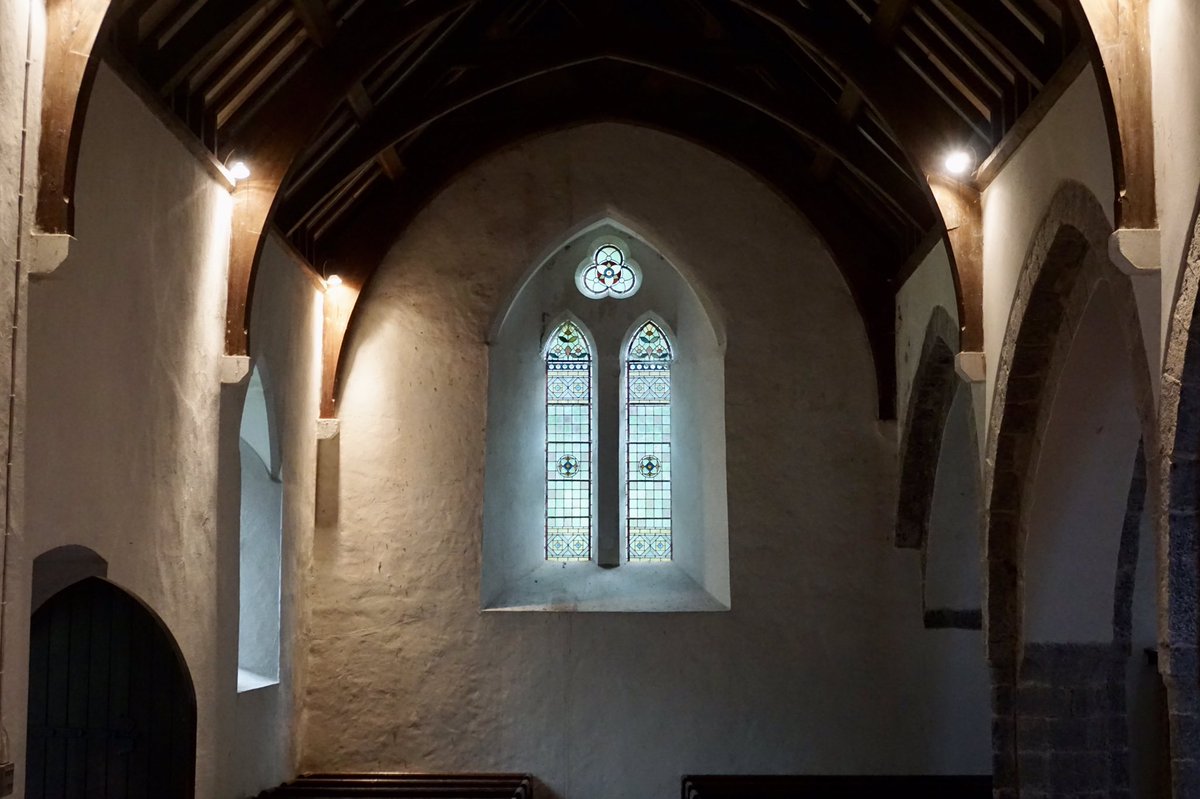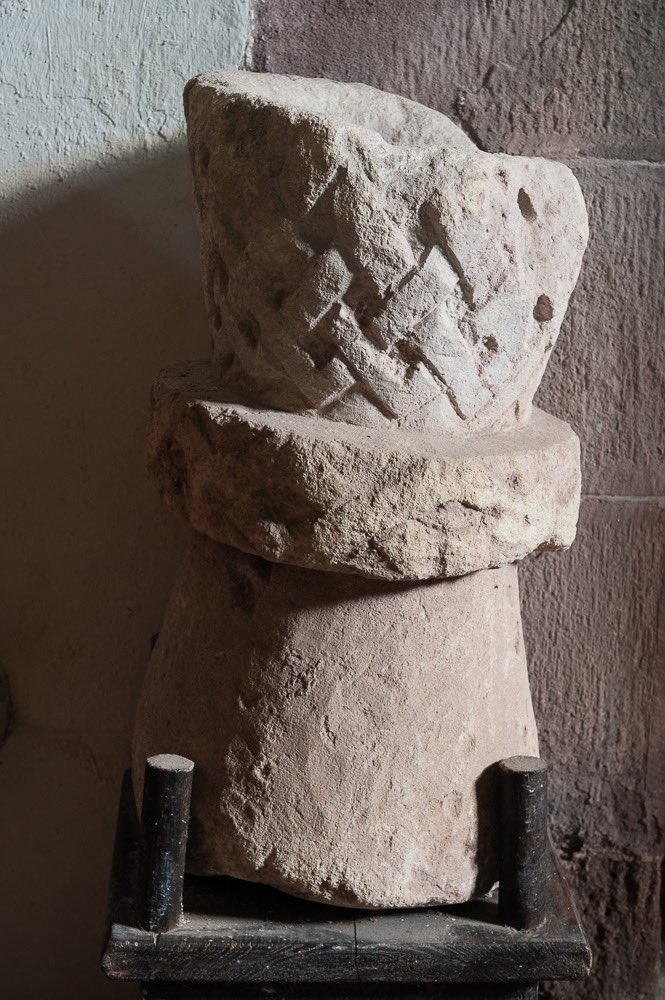
This beautiful door is in the Tuscan-inspired Arts & Crafts church of St Mark's, Brithdir, Gwynedd — built at the end of the 19th century.
It’s inlaid with teak and ebony woods, and with mother of pearl from abalone shells.
#AdoorableThursday
1/3
It’s inlaid with teak and ebony woods, and with mother of pearl from abalone shells.
#AdoorableThursday
1/3

Mother of pearl, or nacre, is produced by some molluscs to build their inner shell layer.
It's formed of octagonal platelets of aragonite, whose thickness is close to the wavelength of visible light.
2/3
It's formed of octagonal platelets of aragonite, whose thickness is close to the wavelength of visible light.
2/3

When viewed from different angles, the lightwaves are disrupted, giving it its colourful and lustrous iridescence.
(that’s the simple version — I’m no physicist! - Clare)
3/3
(that’s the simple version — I’m no physicist! - Clare)
3/3

Ps read more about St Mark’s: friendsoffriendlesschurches.org.uk/church/st-mark…
• • •
Missing some Tweet in this thread? You can try to
force a refresh


















